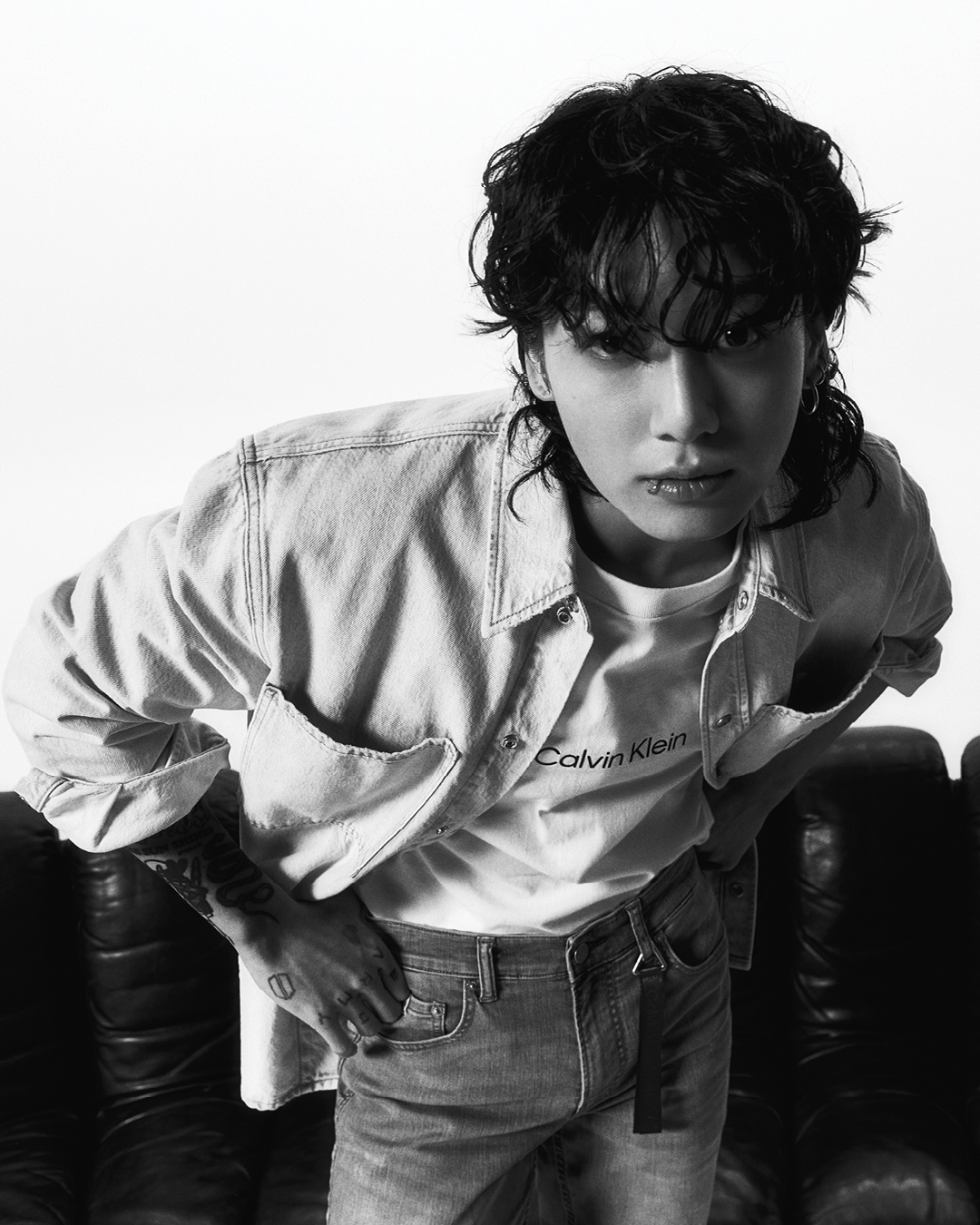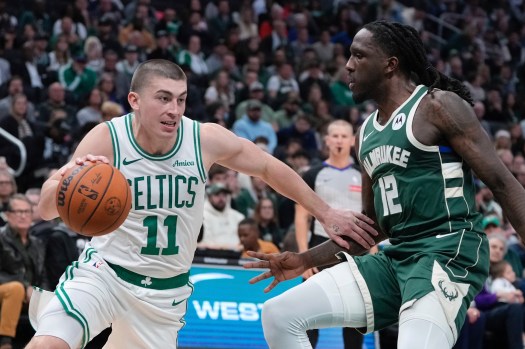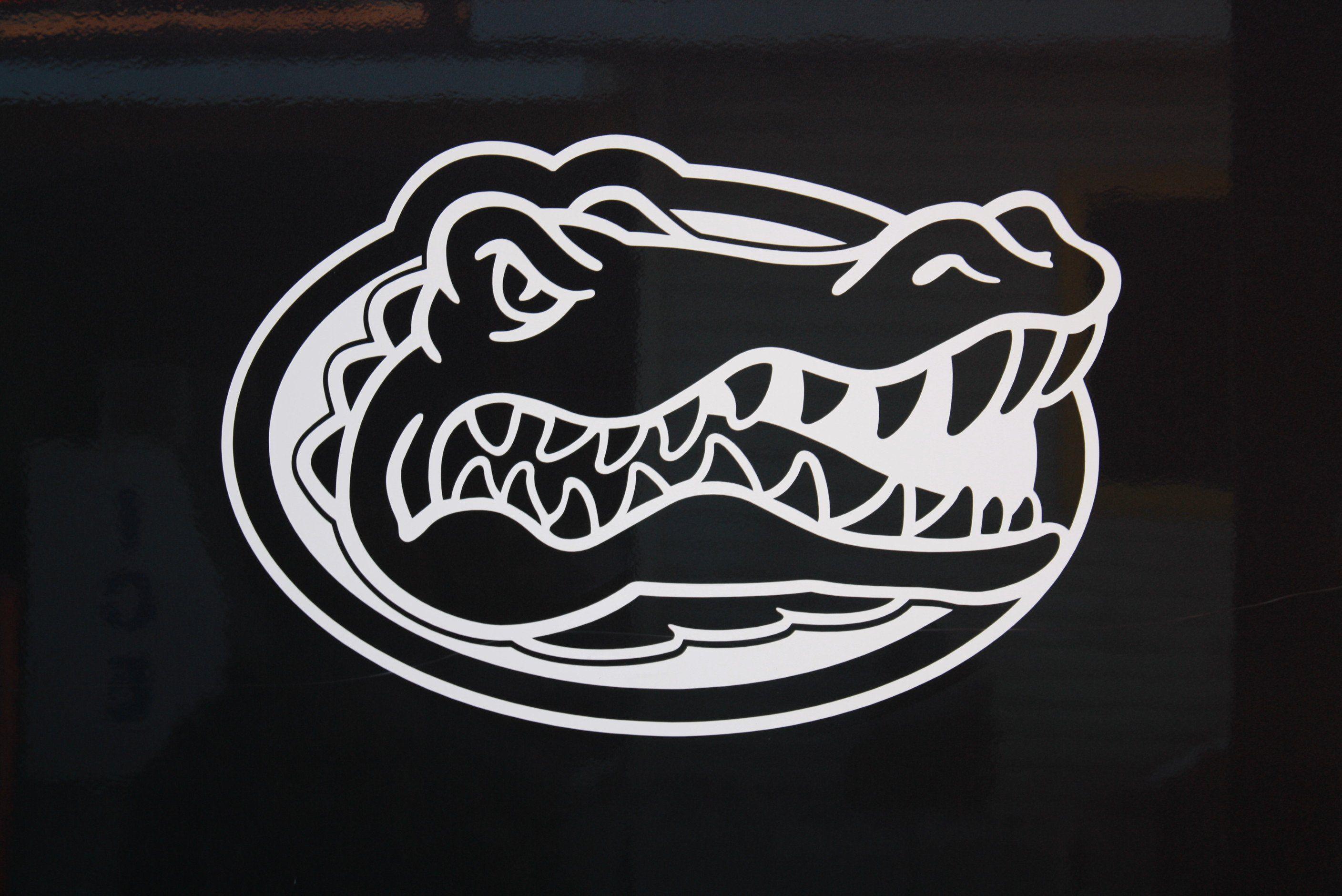Unmasking The Prototypes: The Real Men Behind Gatsby's World

Table of Contents
The Real Jay Gatsby: Unveiling the Prototypes
The question of Gatsby's real-life inspiration is a compelling one. While Fitzgerald never explicitly named a single source, several candidates emerge as potential prototypes.
Max Gerlach and the Self-Made Millionaire Myth
Max Gerlach, a real-life entrepreneur and social climber of the Roaring Twenties, bears a striking resemblance to Gatsby. Gerlach’s rags-to-riches story, built on shrewd business dealings (some bordering on illicit activities), mirrors Gatsby's ascent. His relentless pursuit of wealth and social acceptance, his lavish parties, and even his romantic entanglements all echo aspects of Gatsby's life. Gerlach's potential involvement in bootlegging further solidifies the comparison, providing a tangible link to Gatsby's shadowy past.
- Key Similarities: Entrepreneurial spirit, ambition, lavish lifestyle, pursuit of a specific social class, connections to potentially illegal activities.
- Key Differences: Gerlach’s story may have lacked the romantic idealism and tragic end that defines Gatsby's narrative.
Other Potential Inspirations: Beyond Gerlach
While Gerlach offers a strong candidate, Gatsby's persona likely draws from a composite of individuals. Arnold Rothstein, a notorious gambler and fixer, is another frequently cited influence. Rothstein’s wealth, influence, and connections to organized crime provided a template for Gatsby's powerful yet ambiguous status. Fitzgerald, a keen observer of his era, likely incorporated elements from various real-life figures he encountered – wealthy socialites, bootleggers, and ambitious climbers – to create a truly complex character.
- Examples of borrowed characteristics: Gatsby’s charm from a charismatic socialite; his ruthlessness from a powerful gangster; his romantic idealism from a hopeful young man.
Daisy Buchanan's Real-Life Counterparts: Exploring the Flappers and Socialites
Daisy Buchanan embodies the contradictions of the flapper ideal – a woman simultaneously liberated and constrained by the societal expectations of the 1920s.
The Flapper Ideal and Social Expectations
The "flapper" image – short hair, short skirts, and a carefree attitude – was a significant cultural phenomenon. Daisy, with her beauty, wealth, and apparent freedom, represents this image. However, she is also trapped within the confines of her privileged social circle, bound by societal expectations and ultimately unable to escape her own limitations.
- Characteristics of flapper culture reflected in Daisy: Her desire for independence; her carefree attitude at parties; her eventual confinement to a traditional role.
Zelda Fitzgerald's Influence: A Wife Beyond the Page
The influence of Zelda Sayre Fitzgerald, F. Scott Fitzgerald's wife, on Daisy Buchanan is undeniable. Zelda, with her rebellious spirit, beauty, and social standing, mirrors many aspects of Daisy's character. Her own struggles with societal expectations and her complex relationship with her husband provided a rich source material for Fitzgerald to draw upon.
- Specific parallels between Zelda and Daisy: Both were beautiful and sought-after; both yearned for something beyond their social circles; both ultimately made choices that were influenced by their social standing.
Tom Buchanan's Prototypes: The Aristocracy and Old Money
Tom Buchanan represents the arrogant entitlement of the old money elite in the 1920s.
The Old Money Elite: Power, Privilege, and Prejudice
Tom's character reflects the power dynamics and inherent prejudices of this social class. His wealth and social standing afford him a sense of superiority, fueling his infidelity, racism, and disregard for others. He embodies the arrogance and self-importance of those who feel entitled to everything.
- Examples of Tom's actions reflecting the attitudes of the wealthy elite: His blatant affair; his casual racism; his dismissive attitude towards those he deems socially inferior.
Specific Individuals as Inspiration
While no single individual perfectly mirrors Tom, Fitzgerald likely drew inspiration from several members of the wealthy elite he observed. The composite nature of Tom reflects a broader critique of a class characterized by power, privilege, and a sense of unearned superiority.
- Similarities and differences: While specific individuals may not be easily identifiable, Tom’s arrogance, infidelity, and prejudices are characteristics commonly associated with certain figures within the old money elite of the time.
Conclusion: Re-examining Gatsby Through the Lens of Reality
By understanding the real-life prototypes behind Gatsby, Daisy, and Tom, we gain a deeper appreciation for Fitzgerald's masterpiece. The characters aren't simply fictional creations; they are compelling composites, shaped by the real individuals who populated the Jazz Age. Max Gerlach, Zelda Fitzgerald, and the broader social landscape of the Roaring Twenties all contributed to the creation of these iconic figures. This understanding enriches the reading experience, providing nuanced insights into the novel's themes of wealth, class, love, and the American Dream. Revisit The Great Gatsby with this new perspective; uncover the "real men behind Gatsby's world" and delve deeper into the nuances of Fitzgerald's brilliant social commentary.

Featured Posts
-
 Calvin Kleins New Face Lily Collins In Photo 5133598
May 12, 2025
Calvin Kleins New Face Lily Collins In Photo 5133598
May 12, 2025 -
 Tom Cruise Still Owes Tom Hanks 1 Will He Ever Pay Up
May 12, 2025
Tom Cruise Still Owes Tom Hanks 1 Will He Ever Pay Up
May 12, 2025 -
 Celtics Pritchard Earns Nba Sixth Man Of The Year Award
May 12, 2025
Celtics Pritchard Earns Nba Sixth Man Of The Year Award
May 12, 2025 -
 Dans Quoi Investir Pour Un Rendement Optimal
May 12, 2025
Dans Quoi Investir Pour Un Rendement Optimal
May 12, 2025 -
 Beneath The Surface Filming Gators In Floridas Springs
May 12, 2025
Beneath The Surface Filming Gators In Floridas Springs
May 12, 2025
